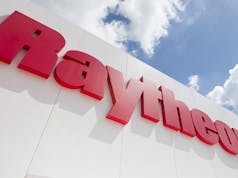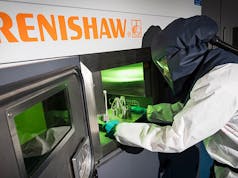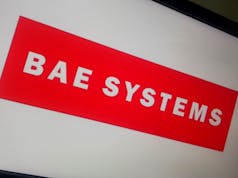Raytheon and United Technologies Corporation will combine to create ‘Raytheon Technologies Corporation’.
The merger is expected to happen in 2020 pending government approval, the companies said in an announcement Sunday.
Raytheon is best known for missiles and United Technologies work is focused on avionics and parts, including Pratt & Whitney engines.
Upon completion of the merger, United Technologies shareowners will own approximately 57 percent and Raytheon shareowners will own approximately 43 percent of the combined company.
“Today is an exciting and transformational day for our companies, and one that brings with it tremendous opportunity for our future success. Raytheon Technologies will continue a legacy of innovation with an expanded aerospace and defense portfolio supported by the world’s most dedicated workforce,” said Tom Kennedy, Raytheon Chairman and CEO.
“With our enhanced capabilities, we will deliver value to our customers by anticipating and addressing their most complex challenges, while delivering significant value to shareowners.”
“The combination of United Technologies and Raytheon will define the future of aerospace and defense,” said Greg Hayes, United Technologies Chairman and CEO.
“Our two companies have iconic brands that share a long history of innovation, customer focus and proven execution. By joining forces, we will have unsurpassed technology and expanded R&D capabilities that will allow us to invest through business cycles and address our customers’ highest priorities. Merging our portfolios will also deliver cost and revenue synergies that will create long-term value for our customers and shareowners.”









Is this “organic growth” or “synergy” or any new euphemism invented by the tricksters of “management science”??